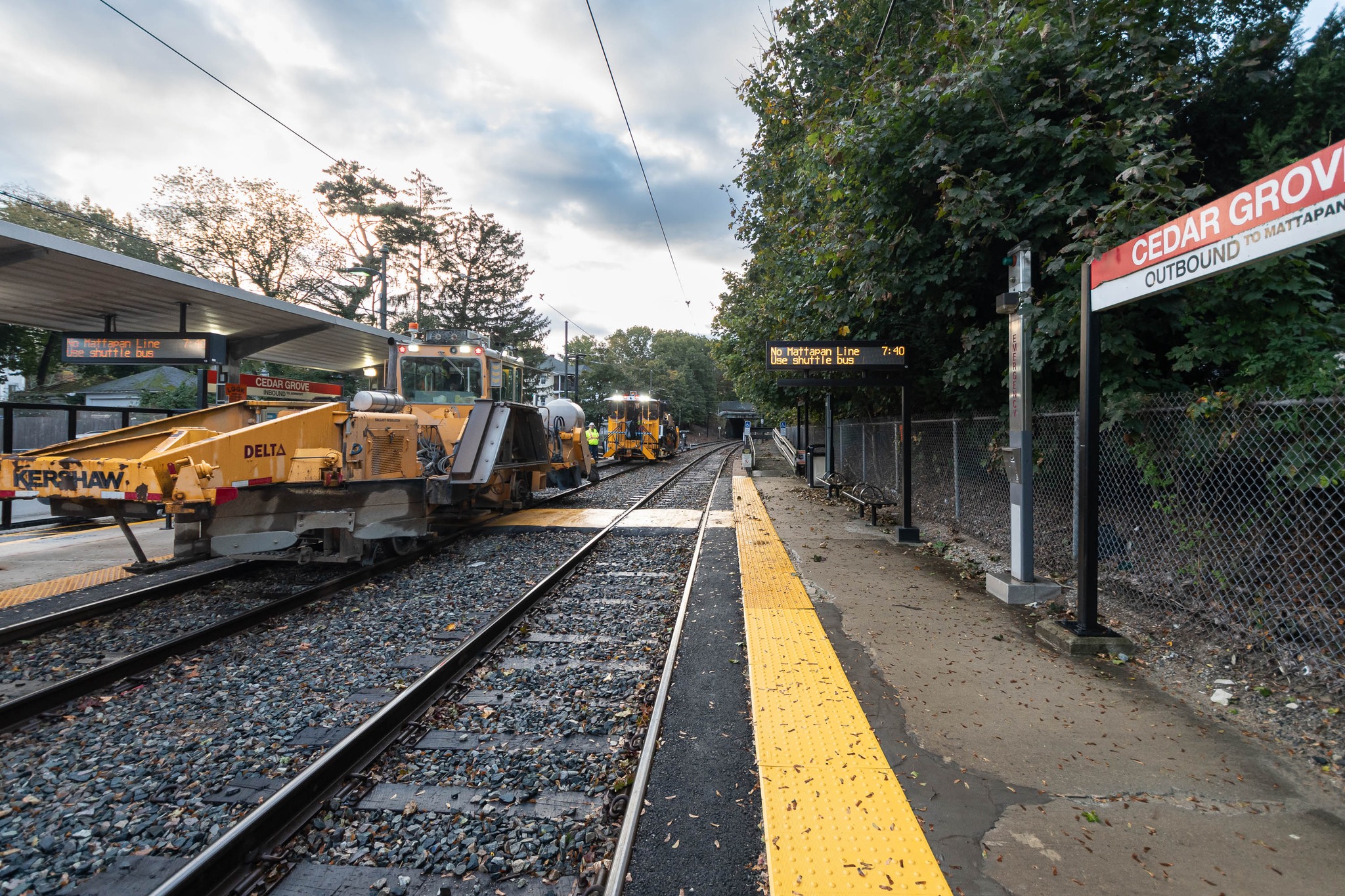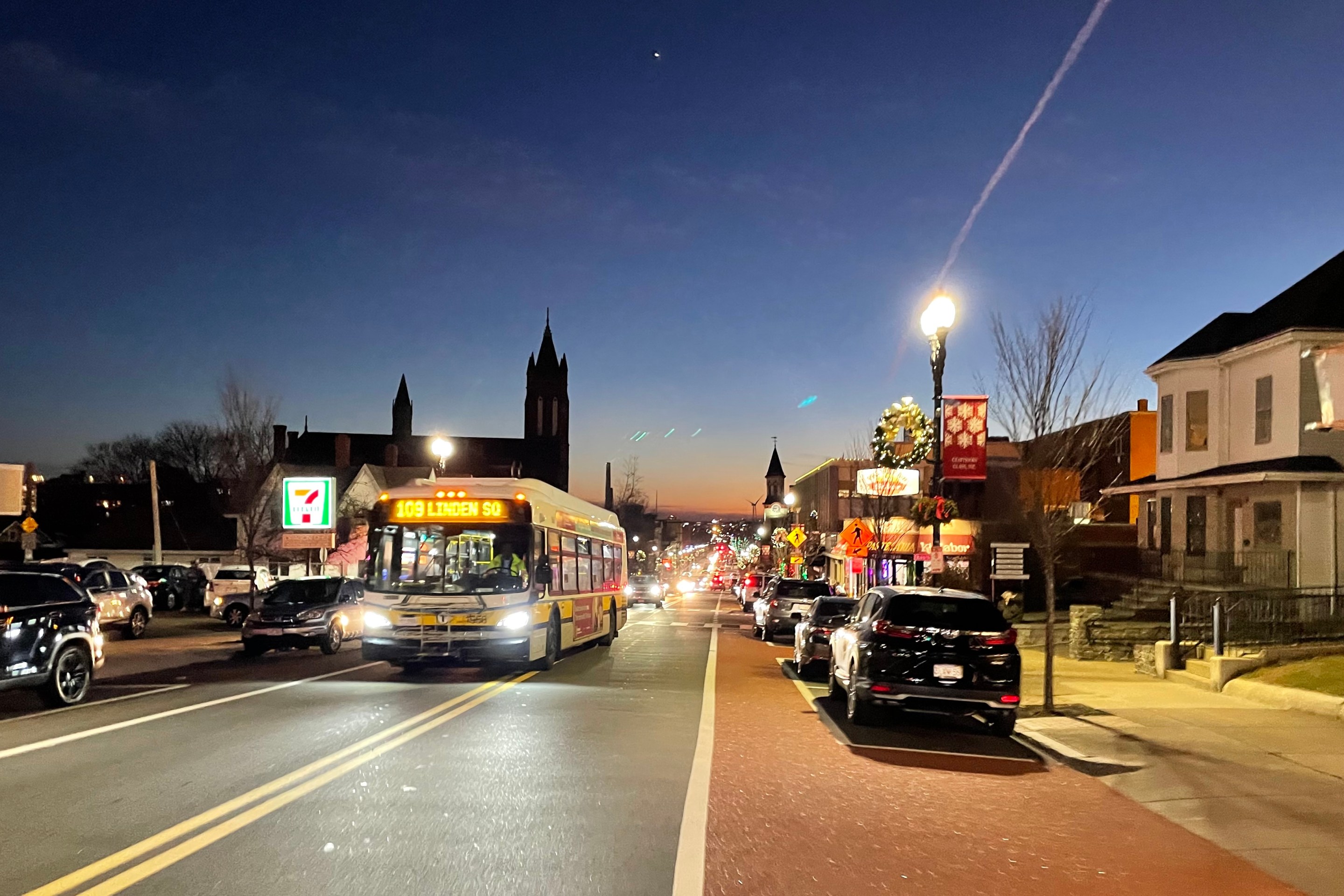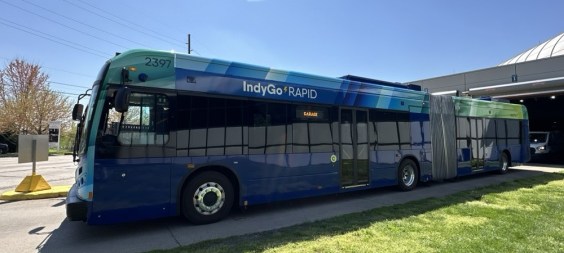The MBTA will take a "divide and conquer" approach to tackling the track problems that have added hours to transit trips across the region in recent years.
This morning, the Safety, Health, & Environment Subcommittee of the MBTA board of directors met in downtown Boston to discuss the agency's plan for repairing the "slow zones" where track problems force trains to crawl at low speeds in order to avoid derailments.
“We want to today present how we want to go forward with regard to tackling speed restrictions, for the remainder of this year and into 2024, with the intent of lifting all the speed restrictions by the end of 2024,” MBTA General Manager Phillip Eng told board members.
Eng and his newly-hired deputy, MBTA Chief Engineer Sam Zhou, presented a game plan to address speed restrictions with roughly 20 multi-day, targeted closures on specific segments on the rapid transit network over the next 14 months.
The closures would ultimately affect nearly every piece of the MBTA rapid transit system, with the exception of the new Green Line Extension and the Ashmont and Mattapan branches of the Red Line, which the T already repaired during a 16-day closure last month.

Work begins on Green Line with 9-day closure later this month
Eng also announced that the next segment that the T wants to repair will be the core tunnel of the Green Line between North Station and Kenmore Square, where all four branches of the Green Line converge.
“We've identified structural work that we need to do in the tunnels," said Eng.
A 9-day closure of the Green Line tunnel from North Station to Kenmore, Heath (E branch), and Babcock (B branch) stations will address those structural repairs, and also remove 10 speed restrictions, Eng said.
The T also plans to coordinate the work with the final phase of the Government Center parking garage demolition in downtown Boston.
Eng's team is also planning another multi-day closure to repair the Green Line's D branch (from Riverside to Kenmore) in December.
Between these two closures, and other work being planned for overnight work and shorter weekend closures, T thinks that it can repair about 3 miles of rail to remove 39 more slow zones before the end of 2023, resulting in a 20-minute improvement in travel times across all lines.
Ashmont branch closure cited as a model
Unlike the previous administration's month-long closure of the Orange Line in 2022, the MBTA's 16-day closure of the Ashmont branch in October appears to have been an overwhelming success, and Eng cited that work as a model of how the T would tackle repairs in the rest of the subway system.
Work done during the October closure eliminated almost all of the branch's slow zones and dramatically reduced travel times between Ashmont and JFK/UMass stations.
The 16-day closure “enabled us to have a safe work zone and do work more effectively and efficiently, and more robustly. We not only did work that allowed us to eliminate the speed restrictions, but we also tacked on and piggybacked additional repairs, removing infrastructure conditions like deteriorated ties, track, and ballast," said Eng. "Things that if left unattended in future years, would have become additional speed restrictions in the years to come.”
Tentative schedule for 2024 closures
Eng and Zhou also shared a tentative schedule for the 2024 work, which is still subject to adjustments depending on the scope of work necessary and feedback from stakeholders:
- January: Green Line central tunnel, North Station to Kenmore: 21-day closure to address 15 speed restrictions and generate 8.7 minutes of travel time savings
- February: Red Line, Alewife to Harvard: 9-day closure to address 9 speed restrictions and reduce travel times by 6.5 minutes
- February-March: Green Line B, C, and D branches, Copley to St. Mary’s, Babcock, and Brookline Hills: 18-day closure to address 9 speed restrictions and reduce travel times by 4.2 minutes
- March: Orange Line, Haymarket to Jackson Square: 4-day closure to address 2 speed restrictions and reduce travel times by 1.3 minutes
- April: Blue Line, Airport to Wonderland: 12-day closure to address 12 speed restrictions and reduce travel times by 5.3 minutes
- May: Red Line, Park St. to JFK/UMass: 8-day closure to address 8 speed restrictions and reduce travel times by 2.6 minutes
- June: Orange Line, Sullivan to Back Bay: 10-day closure to address 6 speed restrictions and reduce travel times by 2.3 minutes
- June-July: Orange Line, Wellington to North Station: 9-day closure to address 5 speed restrictions and reduce travel times by 4.3 minutes
- July: Red Line, Alewife to Kendall: 16-day closure to address 9 speed restrictions and reduce travel times by 9 minutes
- August: Green Line, B branch, Boston College to Kenmore: 10 days to address 7 speed restrictions and reduce travel times by 1.7 minutes
- August: Orange Line, Oak Grove to North Station: 6 days to address 13 speed restrictions and reduce travel times by 1.7 minutes
- September: Red Line, JFK/UMass to Braintree: 16-day closure to address 22 slow zones to reduce travel times by 9.1 minutes
- September-October: Orange Line, Back Bay to Forest Hills: 11-day closure to address 15 slow zones to reduce travel times by 4.8 minutes
- October: Red Line, Kendall/MIT to Broadway: 6-day closure to fix 8 slow zones and reduce travel times by 3.7 minutes
- October-November: Green Line C Branch, Cleveland Circle to St. Mary's: 6-day closure to fix one slow zone and reduce travel times by 0.1 minutes
- November: Green Line, North Station to Lechmere (including the Lechmere Viaduct): 14-day closure to fix 2 slow zones and reduce travel times by 1.2 minutes
- December: Red Line, Broadway to North Quincy: 6-day closure to address 4 slow zones and reduce travel times by 6-day closure to address 4 slow zones and reduce travel times by 2.7 minutes
- December: Red Line, Harvard to Park: 6-day closure to address 3 slow zones and reduce travel times by 0.8 minutes






